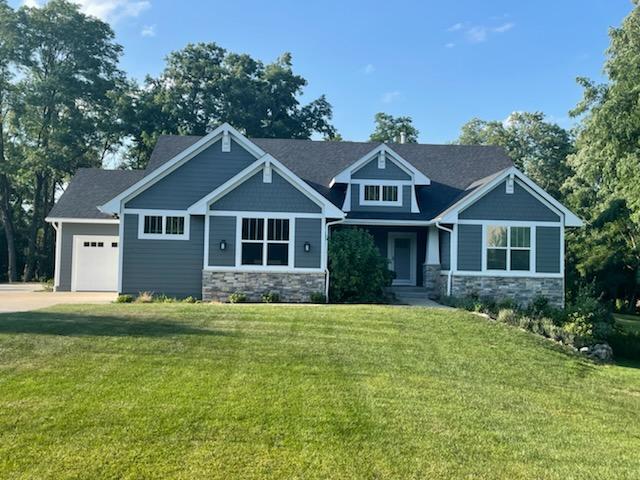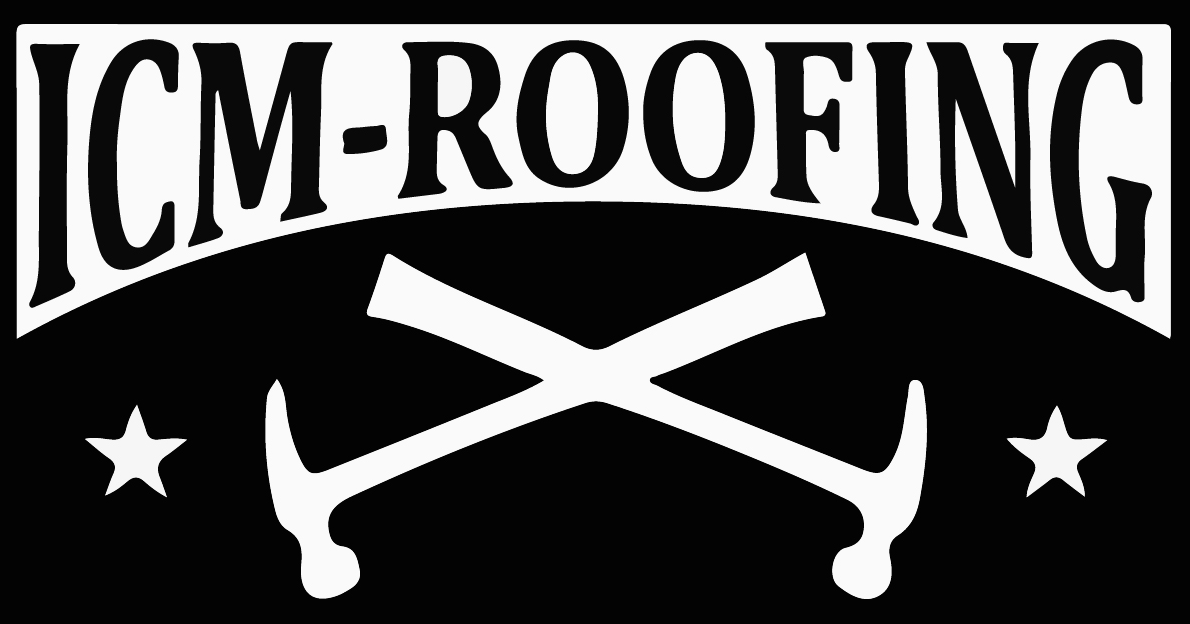ICM Roofing





New Roofing
Roofing Replacements
Gutter Work
ASPHALT SHINGLES
Asphalt shingles are an American invention by Henry Reynolds of Grand Rapids, Michigan. First used in 1903, in general use in parts of America, by 1939 11 million squares of shingles were being produced. Two types of base materials are used to make asphalt shingles, organic and fiberglass. Both are made in a similar manner, with an asphalt-saturated base covered on one or both sides with asphalt or modified asphalt, the exposed surface impregnated with slate, schist, quartz, vitrified brick, stone, or ceramic granules, and the under-side treated with sand, talc or mica to prevent shingles from sticking to one-another before use.
Asphalt shingles have varying qualities which help them survive wind, hail, or fire damage and discoloration. Cycles of wet and dry environmental conditions, as well as organic growths such as algae and foliose lichen and woody debris which remains on the shingles, will cause premature deterioration through both chemical and physical processes. Performed regularly, physical removal of debris, and physical or chemical removal of organic growth (for example, using copper sulfate, zinc chloride, or other solution carefully applied and thoroughly rinsed), can prolong the life of asphalt roofing materials. Algae and moss growth may be prevented through the installation of zinc or copper strips or wire at the ridge and every four to six feet down the roof; black algae growth can be removed with a bleach solution.
WOOD SHAKES
Two basic types of wood shingles are called shingles and shakes. Wood shakes are typically longer and thicker than wood shingles. The main difference is in how they are made, with shingles always being sawn and shakes normally being split, at least on one side. A wood shake is often more textured, as it is split following the natural grain of the wood rather than sawn against it like the shingle. Untreated wood shingles and shakes have long been known as a fire hazard and have been banned in various places, particularly in urban areas where exterior, combustible building materials contribute to devastating fires known as conflagrations. Modern pressure-impregnated fire retardant-treated wood shakes and shingles can achieve a Class B fire rating and can achieve a Class A rating when used in conjunction with specially designed roof assemblies.
Not More Than You Need, Just More Than You Expected
Request A Repair
Just a phone call away.
Schedule A Time
What works best for you.
We Go To Work
Start to Finish.
You Win
Enjoy!
Start a Repair
